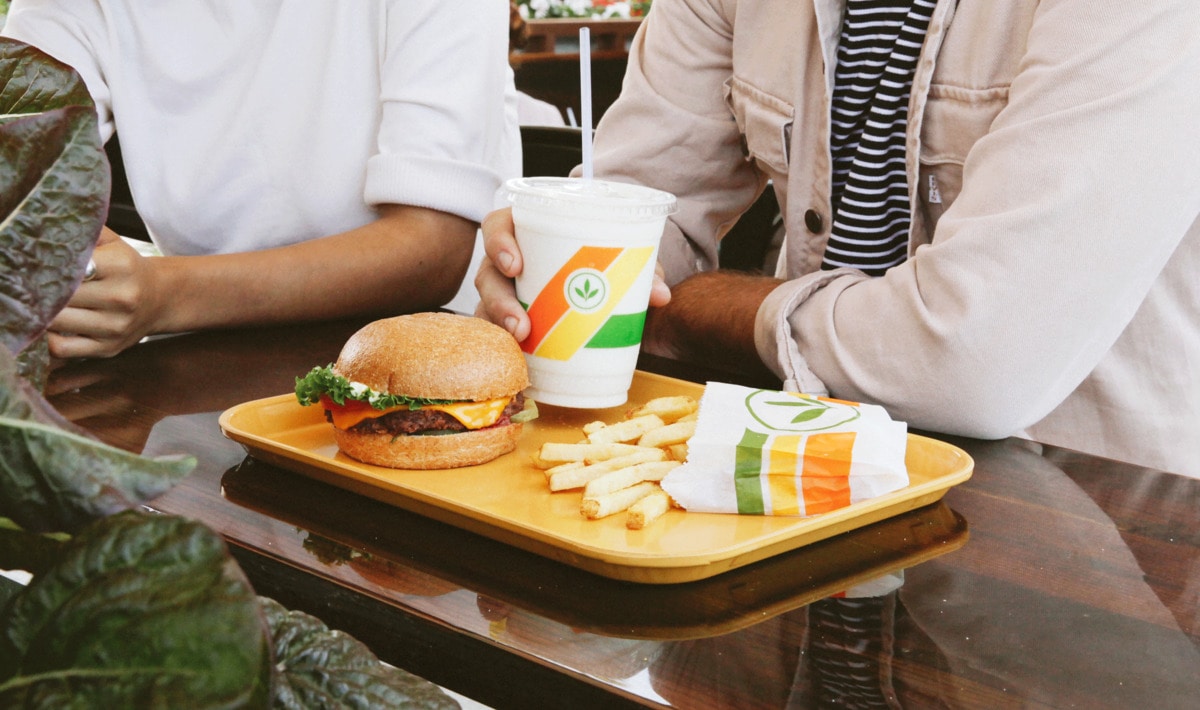By Serena Gordon
HealthDay Reporter

(HealthDay)
MONDAY, Oct. 26, 2020 (HealthDay Information) — Is your kid instantly clamoring for a fast foods food or a sugary cereal you have hardly ever even listened to of? He or she may possibly have witnessed the products showcased on a preferred “kid influencer” online video.
In a new analyze, researchers viewed the major 50 kid influencer video clips on YouTube and located that 9 out of 10 highlighted harmful foodstuff. Just about 1 in 3 promoted a rapidly-food chain.
But, what in the globe is a kid influencer?
If you have small children, odds are you know at least just one — or your children do. Kid influencers are younger on the net celebrities with huge social media admirer bases. They can earn big profits from advertisements and endorsements in their videos.
The 5 most-viewed influencers in this research have generated far more than 48 billion views and 38.6 million subscribers via much more than 10,000 YouTube videos posted via July 2019. Their average age? Just 7 years aged.
The most viewed of these influencers is 9-yr-old Ryan Kaji, whose video channel, “Ryan’s World,” has approximately 27 million subscribers. Released studies pegged his 2019 earnings at $26 million. His household started off making video clips of his reactions to unboxing new toys when he was just 3.
“I consider moms and dads likely underestimate the result of these movies for a handful of causes: 1 is that kid influencers feel like each day children. They’re acquainted and fun, but they have some star electrical power. Another is that these videos have a lot of sights. And, children are actually susceptible to the persuasive results of advertising, specifically children under 8,” stated research senior writer Marie Bragg. She’s an assistant professor of community overall health diet at the New York College University of World wide General public Health and fitness in New York Metropolis.
In actuality, Bragg included that “pester ability” (young ones frequently inquiring for a thing) generates about $190 billion a 12 months. “Providers know that youngsters can wield impact over their parents,” she reported.
Research have shown that lousy diet plans in childhood improve the odds for obesity and other health and fitness problems like type 2 diabetic issues and coronary heart condition afterwards in everyday living. Exposure to foods marketing is an environmental factor considered to impact a kid’s eating plan.
Scientists mentioned that food and beverage corporations expend about $1.8 billion a yr on youth-specific marketing and advertising. Tv has been a significant resource of food stuff advertising and marketing, but with buyers paying out far more time online, providers have been ever more marketing on the net, according to track record facts in the examine.
For the analyze, researchers watched the prime 5 influencers’ 50 most-viewed films, and a sample of 50 video clips that provided foods or beverages. Videos featuring food or drink had 1 billion sights.
Virtually 43% of the videos highlighted meals or drinks. Just 3% included healthier meals, these kinds of as fruits or greens, though 90% highlighted foodstuff regarded unhealthy. More than 90% also highlighted branded food or beverage products and solutions. About 50 percent of these films confirmed the influencer consuming the food items or consume.
“I hope that parents develop into more conscious of the stealth nature of these adverts that young children are advertising,” Bragg claimed. “Even if mother and father are mindful of the product or service placements, it really is however tricky to transform a kid’s behavior.”
She urged dad and mom to permit companies know that you really don’t like observing their ads on kids’ films.
“My problem is that these adverts may possibly be like Television set commercials on steroids,” Bragg said. “Young children look at on autoplay, which means they will see the identical form of programming more than and more than once more. In its place of 10 minutes of adverts in the course of a 30-minute Television exhibit, they can close up looking at the similar products more than and in excess of all over again. Moreover, Television commercials are only 30 or 60 seconds at a time.”
It wasn’t obvious from this study whether or not all of the food items and beverages promoted were compensated marketing, or if they merely mirrored the kid’s private choices.
The results ended up released Oct. 26 in the journal Pediatrics.
Dr. Yolanda Evans of Seattle Children’s Hospital wrote an editorial that accompanied the analyze. She shared Bragg’s concern about the sum of time children are exposed to foods and beverage promotion in kid influencer videos when compared to regular marketing.
“The landscape for promotion has modified so considerably,” Evans said. “It really is complicated for all people to realize what is actually taking place when you are viewing on the net. You could think if your youngster is seeing YouTube Young children that it’s Alright, but that programming just isn’t wholly benign. The promotion is subtle.”
Moreover, children are likely to enjoy videos again and once more, reinforcing any messaging they contain, she said.
“Customers can speak up and maintain companies accountable,” Evans mentioned.
She also instructed mothers and fathers converse to their little ones about what they see on-line. “If your little one asks you for a specific toy, check with why they are fascinated in it: Is it because of an ad, or simply because they noticed it in a video? Support young ones be good consumers of media,” Evans said.
The two specialists proposed that the U.S. Federal Trade Fee should boost regulations all over products promoted in child influencer video clips.
Copyright © 2020 HealthDay. All rights reserved.






More Stories
Team provides toys to children residing in Virginia motels
This Portland-Primarily based Corporation Is Serving to Youngsters Get the Wholesome Meals They Have to have
Enable struggle hunger | Covid-19